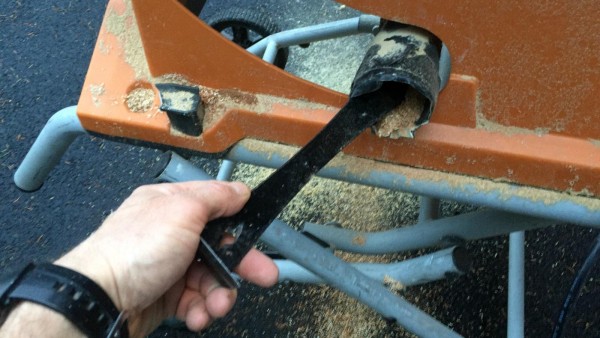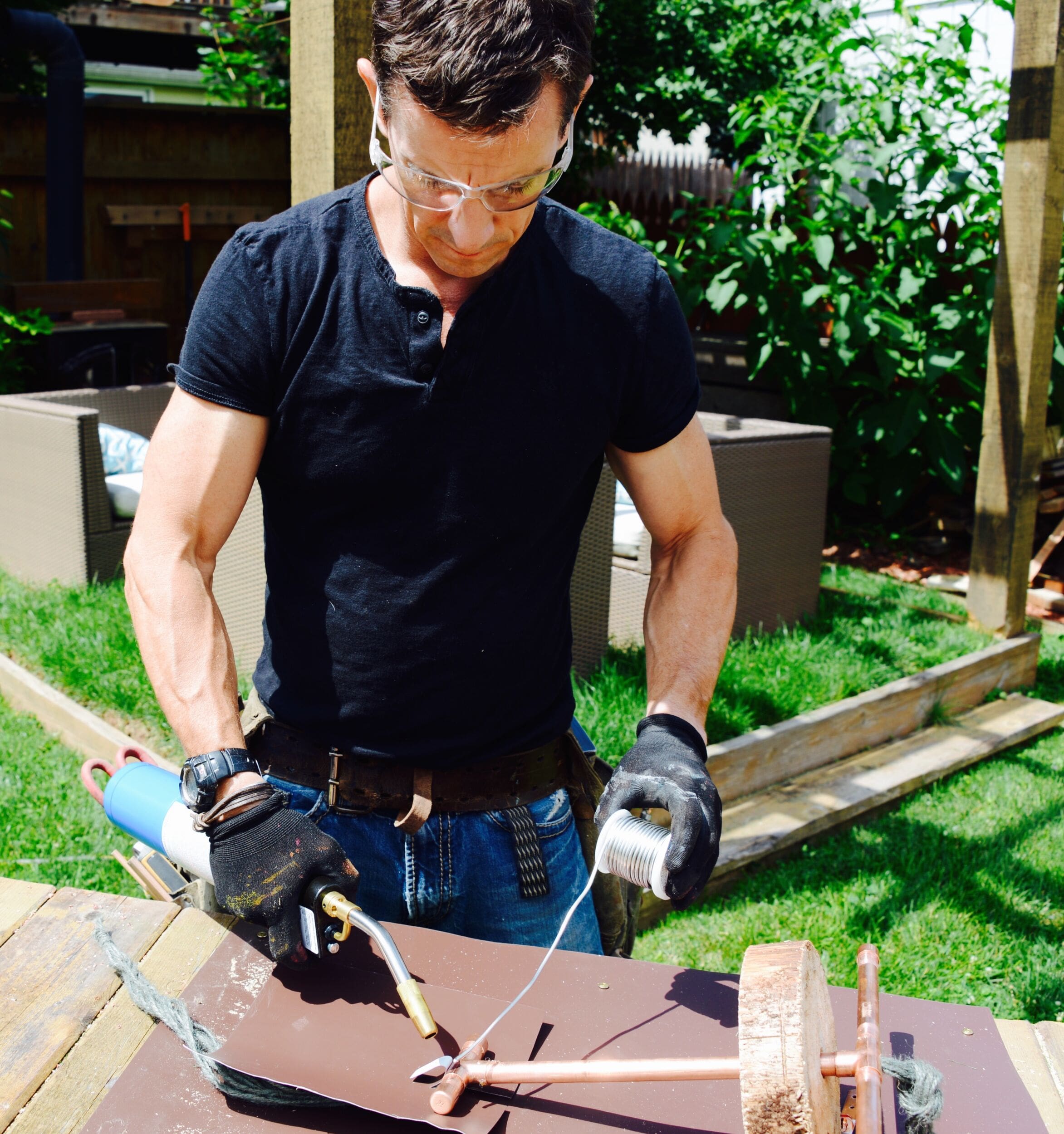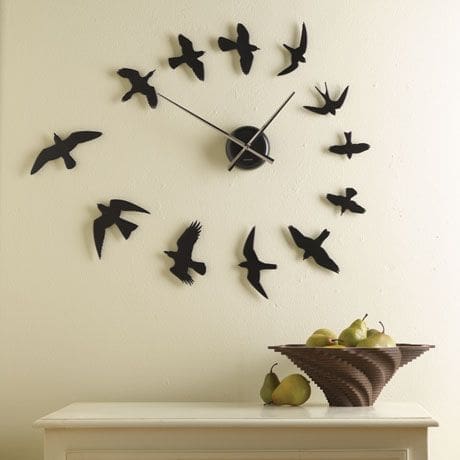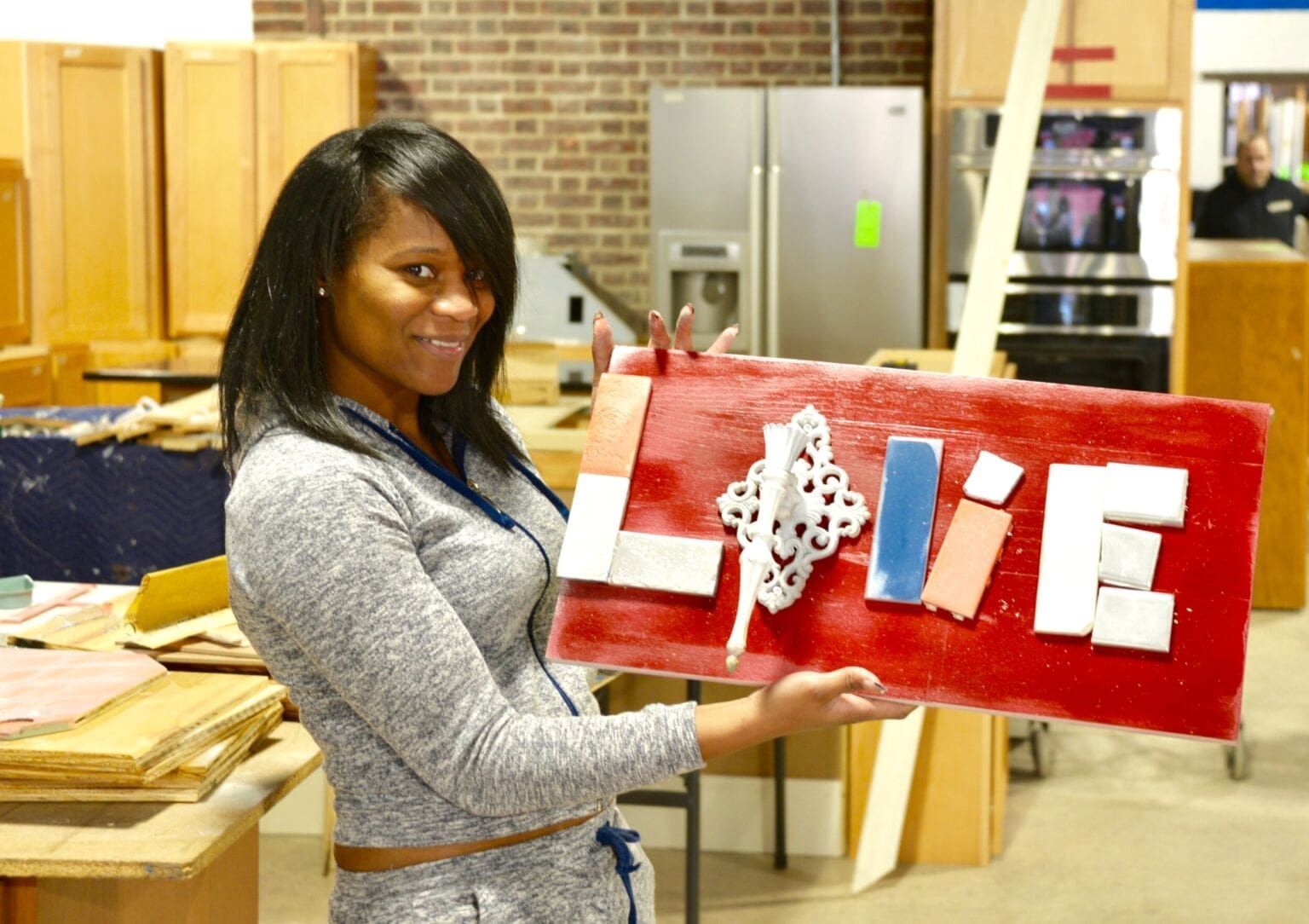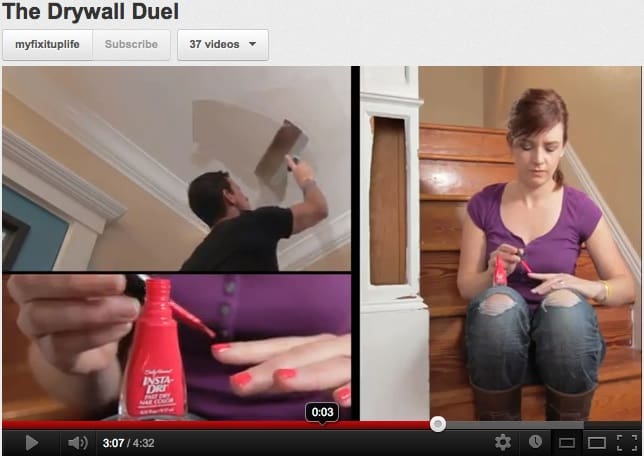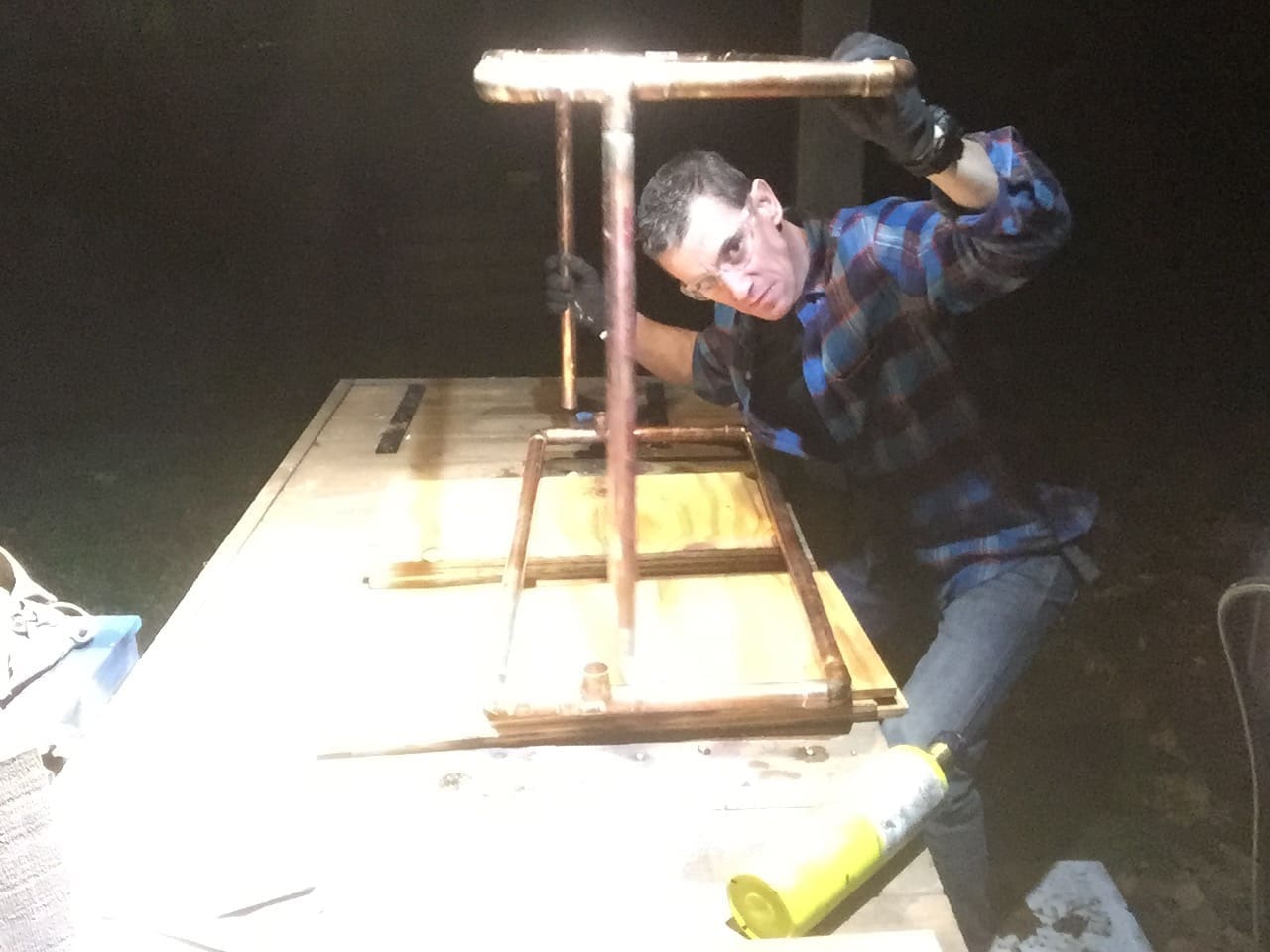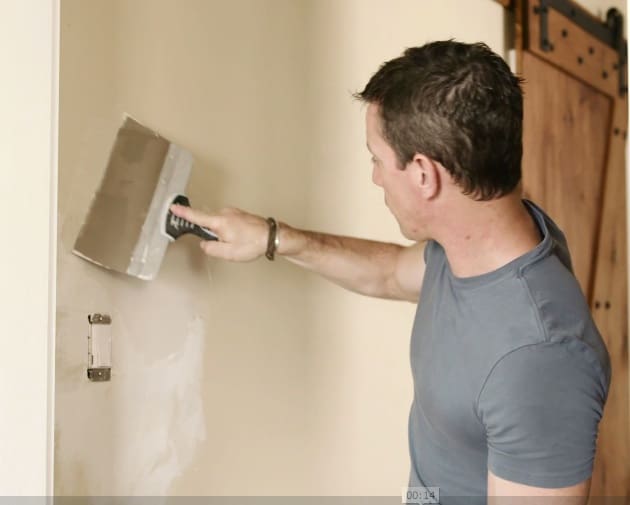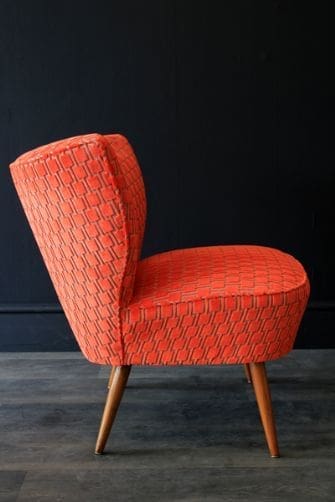
It takes about 90 seconds doing a DIY project to be reminded: It’s not as easy as it looks on TV.

DIY projects are non-fiction. We need tools that work. That’s where I come in. I’m a tool guy. One tool I depend on constantly is my mighty 9 ½ -inch bent pry bar. Here are 9 reasons it kicks DIY butt.
Push. Ironically, this tool is great at more stuff it wasn’t designed to do than what it is designed for.
Let’s say I’m repairing drywall and insulation is sticking out of the hole. I use the bar to push it out of my way. Same with insulating around a replacement window or pushing a hunk of debris installing a ceiling light fixture—and any of the other innumerable situations where I need to push or hold something out of the way. Clear as mud? Look, it’s useful…
Wedge. There are so many times when you need something designed to move—a door—to stay still, it’s crazy. Most door work (lockset, painting, a door sweep) requires the door be open. I use the pry bar as a wedge to keep it still. Tip: Put cardboard on the floor under the tool to prevent scratches.
Lift and Hold. Two pieces of base molding need to come together to fit just so. But a floor may undulate. To get the pieces matched—no matter what the floor is doing—I use it to lift a piece of molding so I can nail. I do the same thing when the wall dips but I want the molding to stay straight. I just did this with a wood wainscoting.
Scrape. Ooops…didn’t notice that spilled caulk until it dried? Pry bar. I’ve even scraped small gobs of concrete off a basement window.
Shim. I shim when I trim. I do it a lot when I’m installing crown molding, chair rail, installing a door, any other million iterations of a DIY project. Fasteners—screws or nails—can draw a piece of crown too tight to the wall and open up the joint. Or they can deform a door jam. Stick the pry bar behind the thing and put pressure on it to hold it where you want it.
Gouge. Getting your house ready for winter? Repairing a bathroom? There’s something—caulk, expanding foam—that’s peeling, cracking, etc. To get it out, gouge it out. Use the straight end, the curved end or both. It’s a gouging machine. And you can re-sharpen it. I use a bench top sander for that.
Extra reach. Doing a DIY project means needing 9-inch long fingers sometimes. For instance, when you clean out your dryer vent. Incredibly, the compartment my lint screen slots into is inaccessible by any parts of the human body. I used my pry bar to get in there and scoop out gobs of lint.
Pry. It’s ideal for getting behind and between things to open up a small gap so you can finish the job with a larger tool. I just snuck some plywood off a wall in a storage room. I got the pry bar in and under the work. Awesomeness.
Peace of mind. Even if this wasn’t the tip of the DIY iceberg—it is—this is enough for me to spend a few bucks on a tool I’ll use the heck out of for things that inevitably come up. That’s reality.
Click here to read more by Mark on HossMagazine.com.
